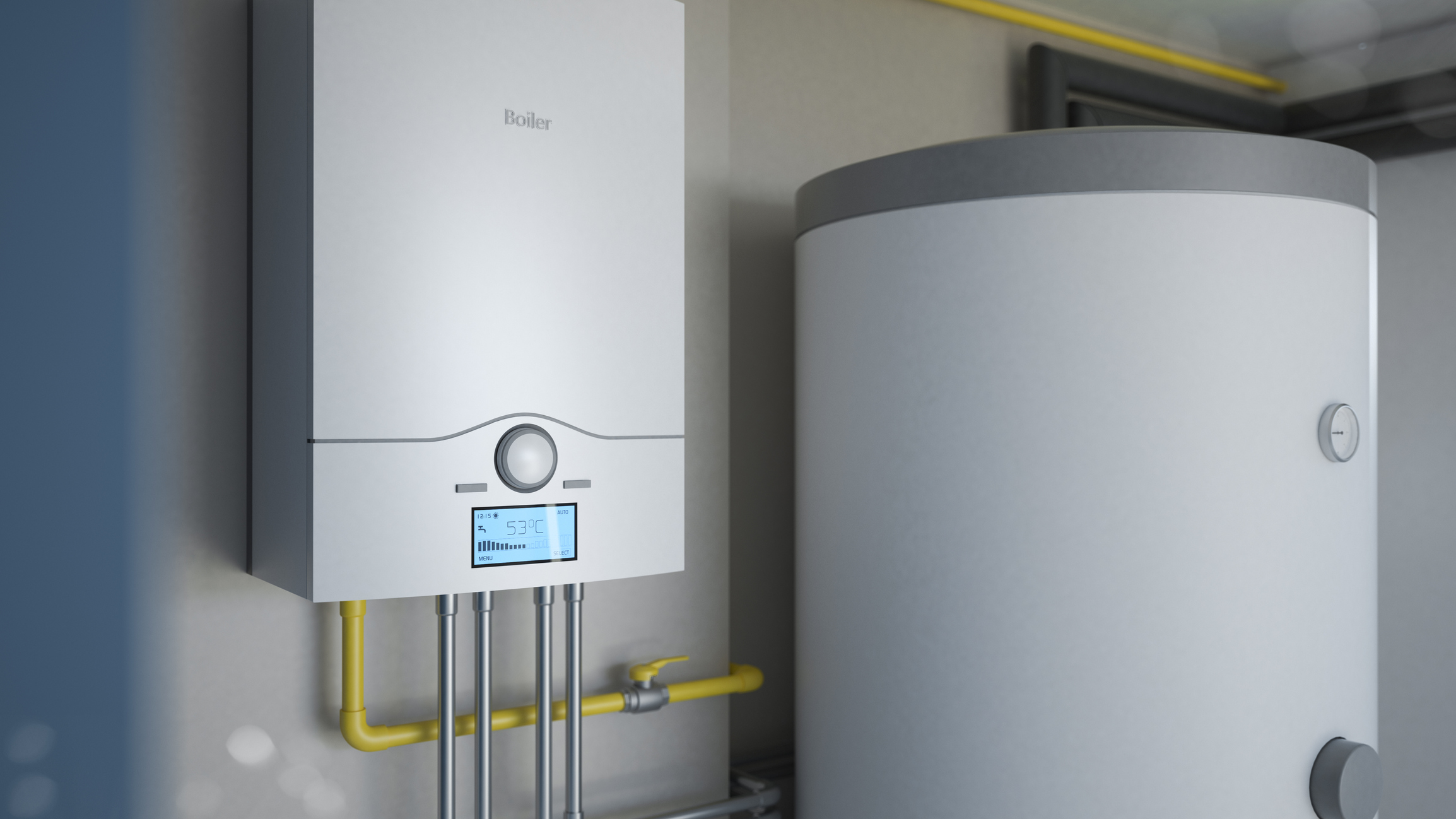In this article underneath you will find a bunch of worthwhile answers when it comes to Tips on Maintaining a Water Heater.

Hot water is crucial for daily convenience, whether it's for a rejuvenating shower or cleaning dishes. To guarantee your hot water system runs successfully and lasts longer, regular upkeep is key. This article provides functional tips and insights on exactly how to keep your home's hot water system to prevent disruptions and costly repair work.
Introduction
Keeping your home's warm water system might seem challenging, but with a couple of simple actions, you can guarantee it runs efficiently for several years to come. This guide covers every little thing from understanding your hot water system to DIY upkeep pointers and knowing when to hire expert aid.
Significance of Keeping Your Hot Water System
Routine upkeep not only extends the life expectancy of your warm water system yet additionally ensures it operates successfully. Ignoring maintenance can bring about reduced effectiveness, greater power costs, and even premature failure of the system.
Signs Your Hot Water System Needs Maintenance
Recognizing when your hot water system needs interest can protect against major problems. Watch out for indicators such as inconsistent water temperature level, strange noises from the heating unit, or corroded water.
Recognizing Your Hot Water System
Before diving into maintenance tasks, it's handy to understand the fundamental components of your hot water system. Normally, this includes the water heater itself, pipelines, anode rods, and temperature controls.
Month-to-month Maintenance Tasks
Routine month-to-month checks can aid catch small concerns prior to they escalate.
Purging the Water Heater
Purging your water heater gets rid of sediment accumulation, boosting efficiency and extending its life.
Checking and Changing Anode Rods
Anode poles avoid deterioration inside the tank. Evaluating and replacing them when worn out is important.
Inspecting and Changing Temperature Level Settings
Changing the temperature level settings guarantees optimum performance and security.
Do It Yourself Tips for Maintenance
You can carry out numerous maintenance tasks yourself to maintain your hot water system in top problem.
Looking for Leaks
On a regular basis evaluate pipes and links for leaks, as these can result in water damages and greater bills.
Evaluating Stress Alleviation Valves
Testing the pressure relief valve guarantees it operates correctly and avoids extreme stress buildup.
Insulating Pipelines
Protecting warm water pipes minimizes warmth loss and can save power.
When to Call a Professional
While DIY upkeep is advantageous, some problems call for professional competence.
Facility Issues Needing Specialist Help
Examples consist of significant leaks, electric troubles, or if your water heater is regularly underperforming.
Regular Specialist Upkeep Conveniences
Specialist upkeep can consist of thorough inspections, tune-ups, and guaranteeing compliance with safety requirements.
Final thought
Routine maintenance of your home's hot water system is important for effectiveness, longevity, and cost savings. By following these tips and knowing when to seek professional aid, you can make certain a trusted supply of warm water without unexpected disruptions.
How to Maintain an Instant Hot Water Heater
Before tinkering with your hot water heater, make sure that it’s not powered on. You also have to turn off the main circuit breaker and shut off the main gas line to prevent accidents. Also turn off the water valves connected to your unit to prevent water from flowing into and out of the appliance. 2. When you’re done, you have to detach the purge valves’ caps. These look like the letter “T” and are situated on either side of the water valves. Doing so will release any pressure that has accumulated inside the valves while at the same time avoid hot water from shooting out and burning your skin. 3. When the purge valves’ caps are removed, you have to connect your hosing lines to the valves. Your unit should have come with three hoses but if it didn’t, you can purchase these things from any hardware or home repair shops. You can also get them from retail stores that sell water heating systems. Read the user’s manual and follow it to complete this task properly. When the hosing lines are connected, open the purge port’s valves. 4. You should never use harsh chemical cleaners or solutions when cleaning your unit. Make use of white vinegar instead. It should be undiluted and you’ll probably use about 2 gallons. 5. Now flush your water heater. This task should probably take about 40 minutes. We can’t give you specific directions for this because the procedure is carried out depending on the type, model and brand of your heater. With that being said, refer to the user’s manual. 6. When you’re done draining the unit, you have to turn off the purge port valves again. Remove the hosing lines that you earlier installed on each of the water valves. Put the valve caps (purge port) back in their respective places and be very careful so as not to damage the rubber discs that are found inside these caps. 7. Now that everything’s back in place, check your user’s manual again to find out how to reactivate your water heating system. 8. Once it is working, turn one of your hot water faucets on just to let air pass through the heater’s water supply pipes. Leave the tap on until water flows smoothly out of it. https://www.orrplumbing.com/blog/2014/september/how-to-maintain-an-instant-hot-water-heater/

I'm certainly very focused on What Kind of Maintenance Do Water Heaters Need? and I am praying you enjoyed the new entry. Are you aware of somebody else who is intrigued by the subject? Please feel free to promote it. I am grateful for your time. Kindly stop by our site back soon.
This Page